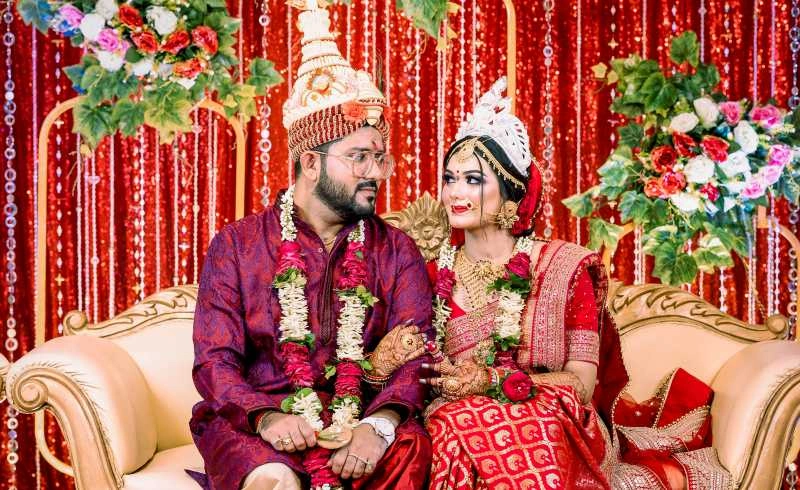
A traditional Indian wedding is not just a marriage ceremony, it is an extravagant festival of colors, music, rituals, and emotions that stretches over several days. For foreigners, being invited to such an event is often a once-in-a-lifetime experience. Imagine stepping into a world where the bride’s hands are painted with intricate henna designs, where families sing and dance late into the night, and where vibrant attire transforms every guest into part of a grand spectacle.
While Indian weddings differ across regions and religions, one thing remains constant: they are celebrations of love, family, and community. As a foreigner, understanding the rituals, dressing appropriately in traditional Indian wedding attire, and participating with enthusiasm will make your experience unforgettable.
India is home to dozens of communities, and each has its unique customs:
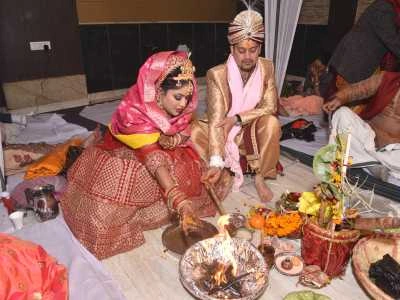
Often lasting three to five days, Hindu weddings are a blend of spiritual rituals and lively celebrations. You’ll see ceremonies like Mehendi (henna application), Sangeet (a night of music and dance), Haldi (turmeric ritual), and finally the Saat Phere, seven sacred vows taken around a holy fire.
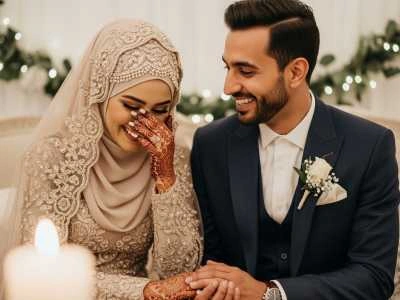
Characterized by the recitation of vows and signing of the marriage contract. Post-wedding, the Walima (grand feast) showcases elaborate hospitality.
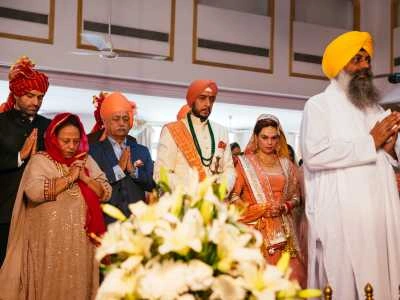
Typically held in a Gurdwara, the couple circles the holy Guru Granth Sahib (sacred scripture) while hymns are sung.
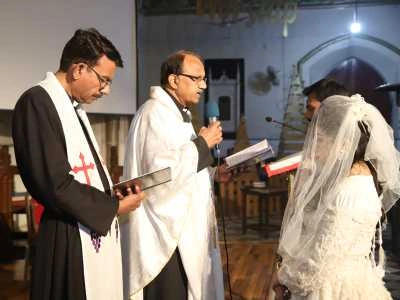
More Western in format, usually in churches, but often include colorful Indian traditions like sari-clad bridesmaids and lively receptions.
This variety means that as a guest, you could experience anything from folk dances in Rajasthan to serene hymns in Punjab, each with its unique cultural richness.
Indian weddings begin days before the actual marriage ceremony.
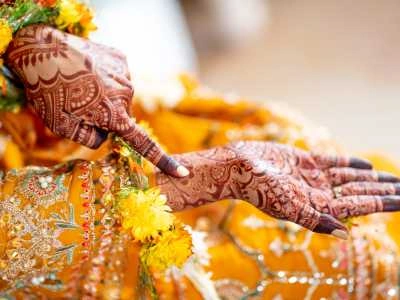
This joyous occasion is typically held at the bride’s home. Female relatives and guests get their hands decorated with henna while musicians sing traditional songs. The fragrance of henna, laughter, and camaraderie makes it an intimate yet festive event. As a foreign guest, don’t hesitate to join in, the hosts will be delighted if you try a simple design.
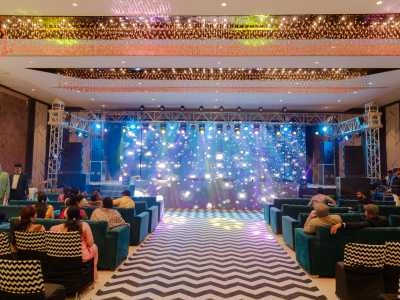
Imagine a night of Bollywood-style dancing where family members put on choreographed performances. It’s one of the liveliest parts of an Indian wedding. As a guest, you may be invited to learn a few dance steps, say yes! It’s a perfect way to bond with other attendees.
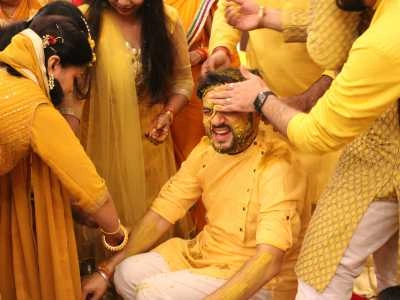
Turmeric mixed with sandalwood and oils is applied to the bride and groom’s skin to bring good luck. Guests are often allowed to gently apply a dab of the paste as a blessing. It’s messy, fun, and very memorable.
The wedding itself is an elaborate affair:
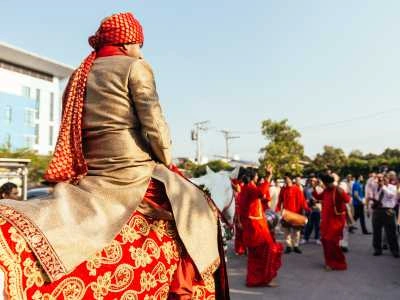
The groom arrives in a grand procession, often riding a horse or arriving in a decorated car. His friends and family dance on the street to the beats of dhol (drums). Foreigners are warmly welcomed to join the dance, it’s a highlight!
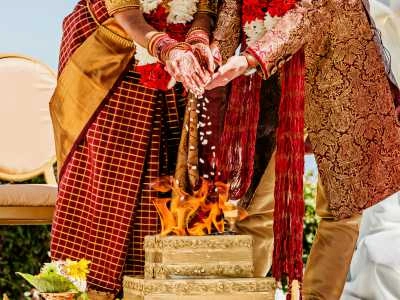
In Hindu weddings, the bride and groom circle the sacred fire seven times (Saat Phere), each round signifying a promise. Muslim weddings involve the recitation of vows in Arabic, while Sikh weddings feature serene prayers inside the Gurdwara.
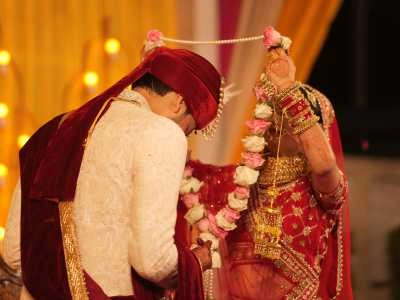
In many traditions, the couple exchanges flower garlands (Jaimala), symbolizing mutual acceptance.
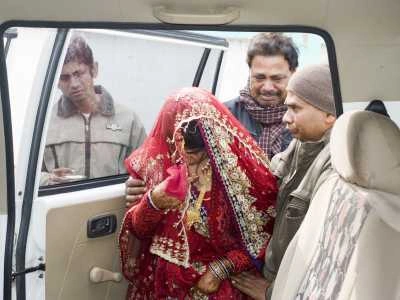
An emotional moment where the bride leaves her family home. Guests often tear up, as it’s symbolic of a daughter leaving her parents’ house.
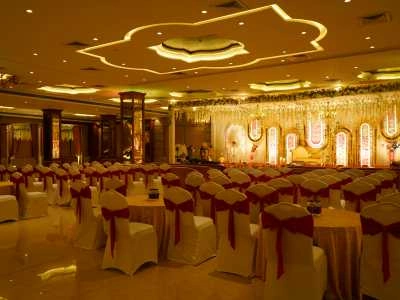
A glamorous event filled with food, drinks, music, and endless dancing. This is when most guests dress in their finest attire, making it the perfect time for you to go all out with your outfit.
A traditional Indian wedding outfit for women is vibrant, elegant, and festive:
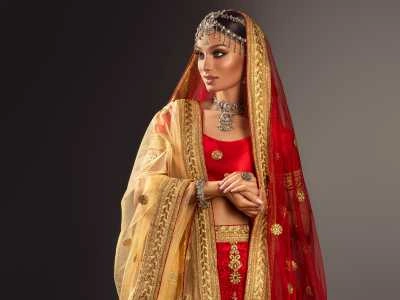
A timeless drape that exudes grace. Choose silk sarees with zari (golden threadwork) for a regal look.
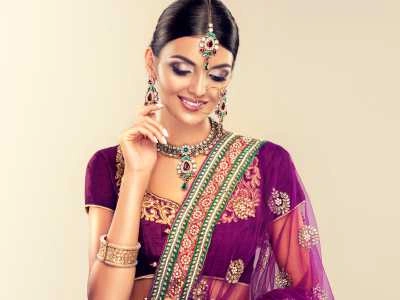
A flared skirt with a blouse and dupatta (scarf), often heavily embroidered, ideal for the reception or sangeet.
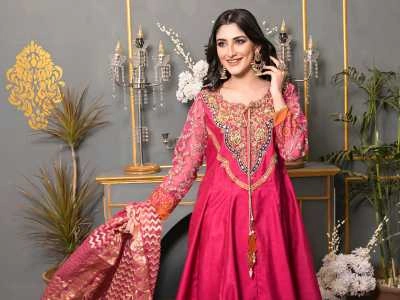
Comfortable and versatile, perfect for day functions.

Indian wedding jewelry is ornate, think statement necklaces, chandelier earrings, bangles, and bindis.
Foreign men can truly enjoy experimenting with Indian wedding clothes:
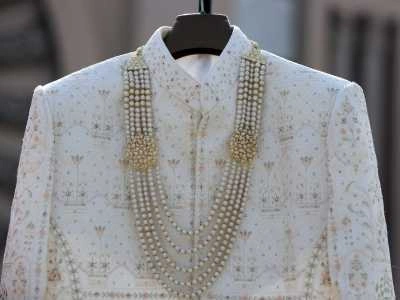
The most regal option, worn with churidar pants. Embroidered sherwanis in gold, maroon, or royal blue are popular.
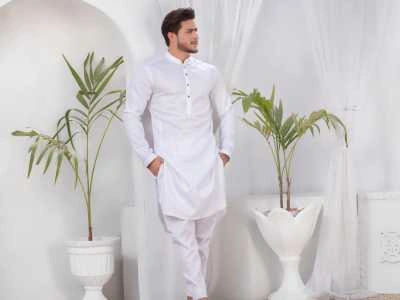
A simpler but equally festive outfit. Add a Nehru jacket for a stylish touch.
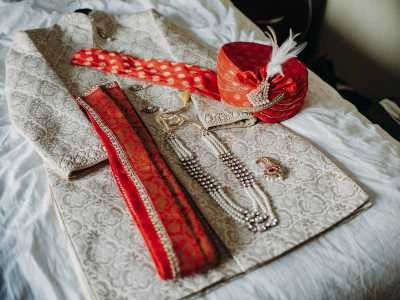
A turban (safa), dupatta, and juttis (traditional shoes) complete the look.
The golden rule: wear bright colors, reds, oranges, blues, golds. Avoid black and white, as they’re linked with mourning.
Indian weddings are about the details:
Buns adorned with jasmine flowers, intricate braids, or waves with jeweled hairpins.
Women often wear elaborate sets that may include maang tikka (forehead ornament), nath (nose ring), anklets, and bangles.
While men usually don’t wear much jewelry, turbans and brooches can elevate their traditional Indian wedding outfits.
Food is central to Indian wedding celebrations. Each region showcases its specialties:
For a foreigner, sampling everything is part of the fun. Don’t skip Indian desserts like gulab jamun, rasmalai, or jalebi, they are crowd favorites.
Music is the heartbeat of any Indian wedding. From folk tunes to Bollywood hits, expect non-stop dancing. The sangeet and reception are the best places to let loose. Even if you’re not a dancer, the enthusiasm is contagious, soon you’ll find yourself swaying to Punjabi bhangra or Bollywood beats.
The rise of destination weddings in India has added another dimension to the experience.
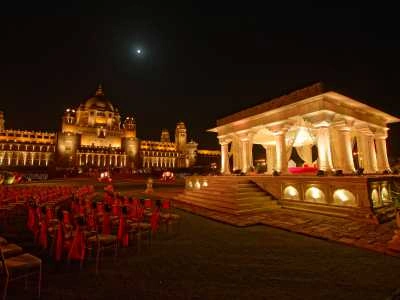
Palaces in Udaipur and Jaipur host some of the world’s most opulent weddings. Imagine the Rajasthan Udaipur Palace lit with lanterns, hosting hundreds of guests in royal grandeur.
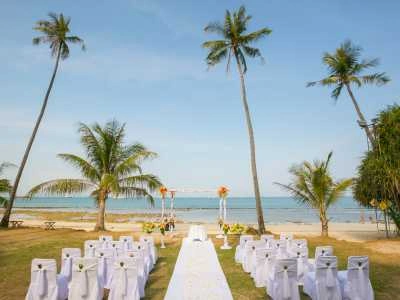
For couples wanting beach vibes, Goa offers a blend of Western and Indian traditions.
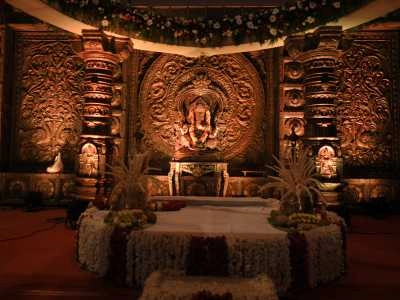
The backwaters serve as serene backdrops for intimate weddings.
If you’re lucky enough to attend one, prepare to be swept away by luxury and cultural splendor.
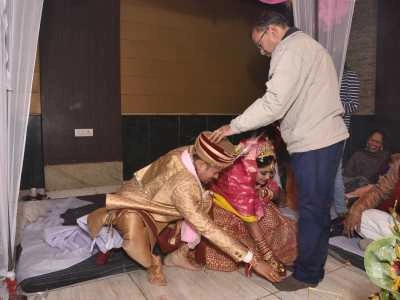
Watch and follow cues during ceremonies. If unsure, ask family members.
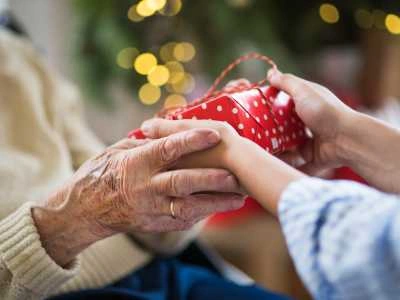
Cash in decorative envelopes is common. You can also bring a thoughtful cultural gift.

Always remove footwear before entering temples, Gurdwaras, or areas where rituals are performed.
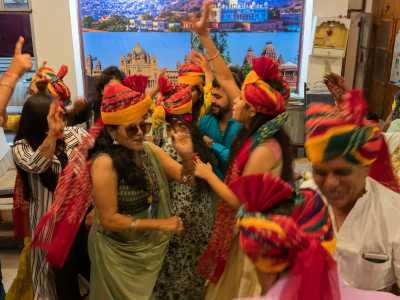
Indian weddings are long, sometimes lasting late into the night. Pace yourself, especially with food and dancing.
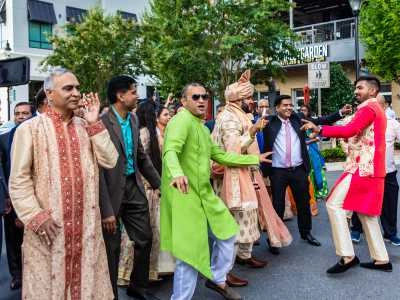
Whether it’s applying henna, joining the baraat dance, or posing for endless photos, participation is part of the experience.
Joining a traditional Indian wedding as a foreigner is like stepping into a living kaleidoscope of culture. From donning vibrant Indian wedding guest dresses and sampling local delicacies to dancing in the baraat and witnessing emotional farewells, every moment is filled with color, energy, and meaning.
Unlike a formal event where guests are passive observers, in an Indian wedding, you are part of the family. Hosts will encourage you to participate in rituals, eat heartily, dance endlessly, and above all, celebrate love and togetherness.
So, if you ever find yourself invited to an Indian wedding in India, don’t hesitate, pack your traditional Indian wedding outfits, polish your dance moves, and prepare for one of the most joyful experiences of your life.
Because in India, a wedding isn’t just about two people coming together, it’s about entire communities uniting to create memories of a lifetime.
You are one step closer to having the best journey of your lifetime! Talk to us, write to us all that you have envisioned for your India trip, and one of our travel experts will connect with you on priority. To help you explicitly we have WhatsApp and Email addresses!